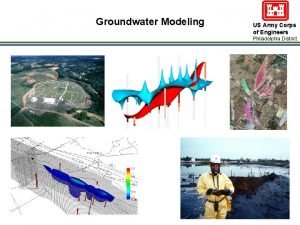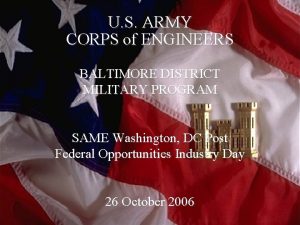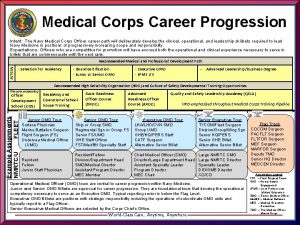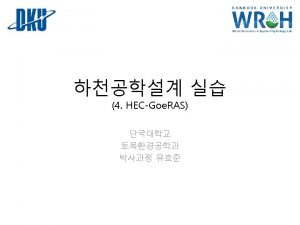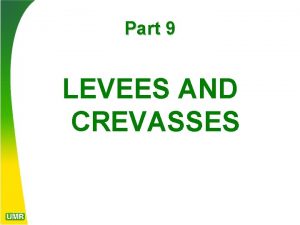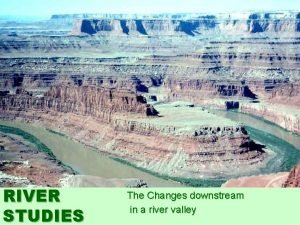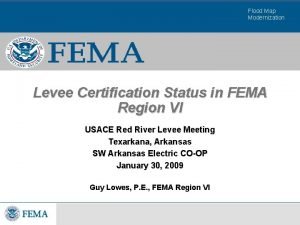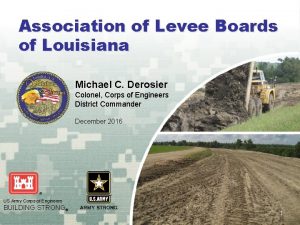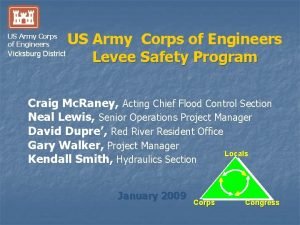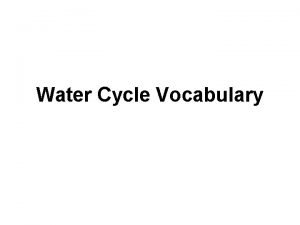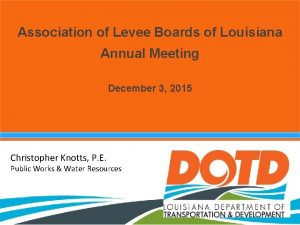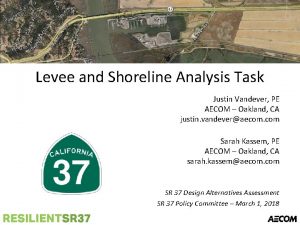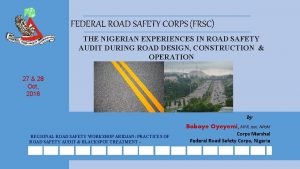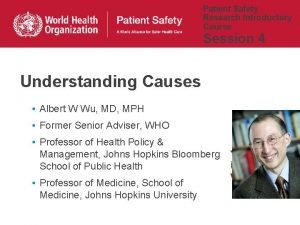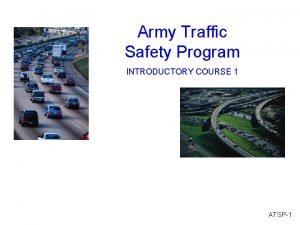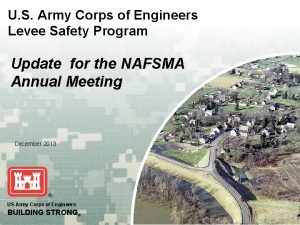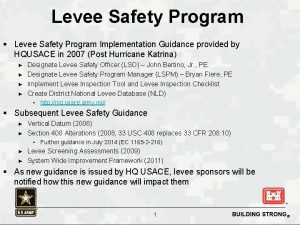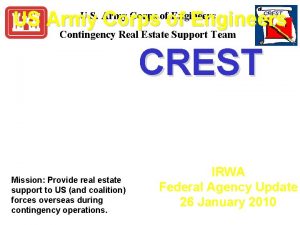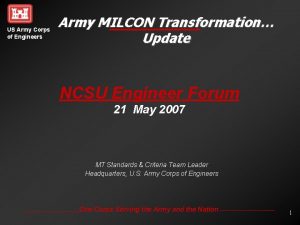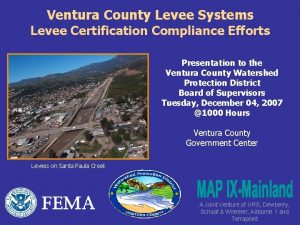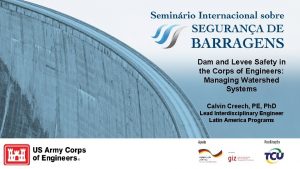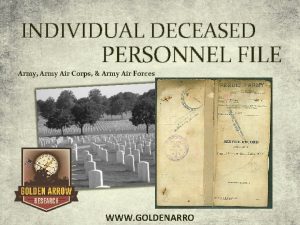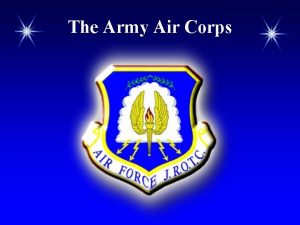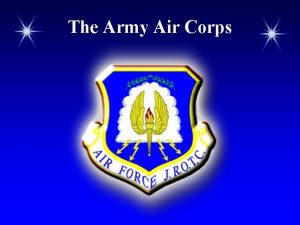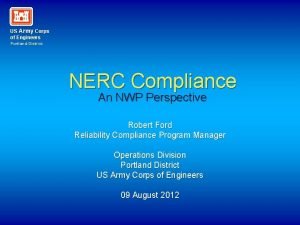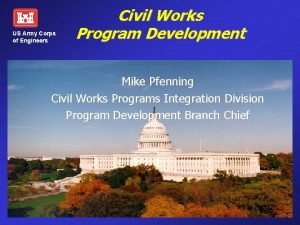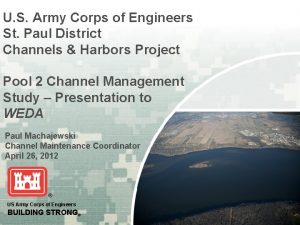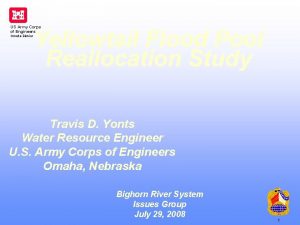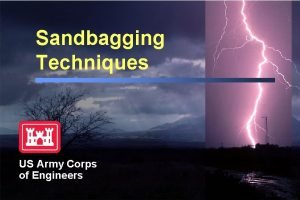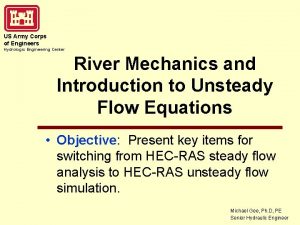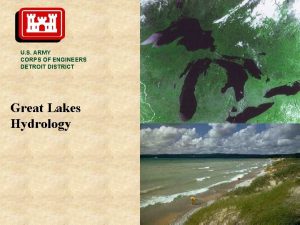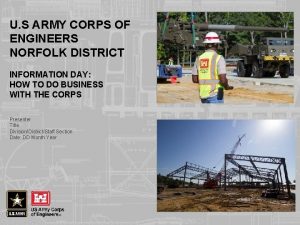1 US ARMY CORPS OF ENGINEERS LEVEE SAFETY























- Slides: 23

1 US ARMY CORPS OF ENGINEERS LEVEE SAFETY AND 408 UPDATE 255 255 237 237 217 217 200 200 0 163 163 131 132 122 239 65 53 80 119 27 252 174. 59 110 135 120 112 92 56 62 102 130 102 56 48 130 120 111 Presentation for the National Waterways Conference September 2017 Eric Halpin, Deputy Dam and Levee Safety Officer, HQ USACE Tammy Conforti, Special Assistant for Levee Safety, HQ USACE “The views, opinions and findings contained in this report are those of the authors(s) and should not be construed as an official Department of the Army position, policy or decision, unless so designated by other official documentation. ”

STATUS ON THE NATIONAL LEVEE SAFETY INITIATIVE q Focus on traditional authorities related to the USACE Levee Safety Program q Moving forward on mutually beneficial activities Inspections, Risk Assessments, Risk Communications, Policy & Guidance, Management, Technology Reviews National Levee Safety Program is authorized but not appropriated Mutually Beneficial Activities that are Both Authorized & Appropriated 2

Levee Safety Hot Topics

NEW OVER-ARCHING LEVEE POLICY (EC 1165 -2 -218) • Organized around the Risk Framework • Provides directive policy (long-term) • References other documents to detail procedures Supersedes: • Previously issued memos and other interim guidance • USACE previous NFIP Accreditation guidance (EC 6067) 4

RISK ASSESSMENTS – WHEN ARE THEY REQUIRED? Portfolio Management Planning Studies Design Construction • Primarily selected by risk/some other considerations • Funded by Program • Timing set by Program • Proposed by sponsors or major rehab • Selected by OMB • Usually cost-shared • Follow studies, Section 408 • Design deficiencies • Usually cost-shared NFIP Accreditation • Cost-shared • USACE O&M Changed Condition • Post implementation • Benchmark risk assessment in lieu of screening Risk Assessment 5

PATH FORWARD Jul-17 Aug-17 Sep-17 Oct-17 Nov-17 Dec-17 Jan-18 Feb-18 Mar-18 Apr-18 May-18 Publication External Review Internal Review • Sponsors • Agency-wide Review • Stakeholders • ATR • International Levee Partnership • LSSC • LSOG • FEMA • Comment Analysis and Summary • Revisions • External webinars • Final Leadership Review • Internal & external webinars • Communication products 6

NATIONAL LEVEE DATABASE – LEVEE INVENTORY q Total Levee Inventory: 8, 900 levee systems = ~29, 000 miles of levees New Website External Release – November 2017 7

NATIONAL LEVEE DATABASE - UPDATE 8

NATIONAL LEVEE INVENTORY AND REVIEW INITIAL ENGAGEMENTS q States § California § Illinois § Ohio § Pennsylvania § Texas q Federal Agencies § National Park Service § International Boundary Water Commission § National Fish and Wildlife Service § USDA and FEMA 9

SUMMARY OF THE FINDINGS (DUE OUT FALL 2017) Executive Summary Section 1 : Introduction Section 2 : USACE Levee Portfolio Characteristics Section 3 : The USACE Levee Safety Program Risk Framework Section 4 : Risk Characterization of the USACE Levee Portfolio Section 5 : Hazard: What are the Hazards and How Likely are they to Occur? Section 6 : Performance: Understanding Levee Characteristics & Components Section 7 : Consequence: Who and What are in Harm’s Way? Section 8 : Mitigating Risk Drivers in the USACE Portfolio 10

HAZARD: WHAT ARE THE HAZARDS AND HOW LIKELY ARE THEY TO OCCUR? 500 Number of Levee Systems 450 400 350 300 250 200 150 100 50 20 10 5 2 1 0. 5 0. 2 Levee System Overtopping ACE (%) 0. 1 0. 05 0. 02 11

Range in Population Living and Working Behind USACE Levee Systems CONSEQUENCES: PEOPLE BEHIND LEVEES 2, 100 miles Greater than 100, 000 2, 400 miles 10, 001 to 100, 000 3, 100 miles 1, 001 to 10, 000 3, 200 miles 101 to 1, 000 [CATEGORY NAME] <1% 1, 800 miles 50 to 100 % of Population within the USACE Levee Portfolio by range of population residing behind levee systems 50 to 100 0% 101 to 1, 000 2% 1, 300 miles 0 to 49 0 100 200 300 400 500 600 700 1, 001 to 10, 000 12% 800 Number of USACE Levee Systems Greater than 100, 000 52% 10, 001 to 100, 000 33% q Over 11 million people live and work behind levees within the USACE portfolio Source: LST March 2017 12

CONSEQUENCES: PROPERTY BEHIND LEVEES q Over $1. 3 trillion in property value behind levees within the portfolio 58% of levee portfolio by length has Total Miles of Levee Systems greater than $100 M in property value behind it 3500 3000 2500 2000 1500 1000 500 0 Less than $10 M to $100 M to $1 B to $10 B more than $10 B Property Value Behind Levee Portfolio Source: LST March 2017 13

CONSEQUENCES: WHO AND WHAT ARE BENEFITING FROM LEVEES? Other infrastructure behind the levees in the portfolio…. q National Historic Sites (i. e. National Mall) q Over 300 Colleges and Universities q 34 Major Sport Venues q 25% of the National Daily Refining Capacity 14

MITIGATING RISK DRIVERS IN THE USACE LEVEE PORTFOLIO q $21 B is estimated needed to address risk factors associated with the levee portfolio Emb/Fnd Seepage Culverts Floodwalls Emb. Stability $13 B Breach Prior to Overtopping Emb. Erosion $8 B Overtopping with Breach $300 M Evacuation Effectiveness 0 2 4 6 8 $ Billions 10 12 15 14

SECTION 408 US Army Corps of Engineers Update 16

BACKGROUND 33 USC 408 (Section 408) Provides USACE authority to grant permission to alter a USACE civil works project if 1. Does not impair usefulness of the project 2. Not injurious to the public interest Current USACE policy for granting permission is EC 11652 -216 17

BENEFITS OF SECTION 408 § Provides others a mechanism to alter/repair/rehabilitate an existing project without reauthorization § Ensures Civil Works projects continue to deliver the public benefits intended § Allows for ensuring compatibility of new infrastructure with existing federal projects § Ensures alterations do not have unintended negative impacts to the public 18

WHY ARE WE HERE? • Heightened attention on infrastructure projects • Desire for streamlined processes and improved coordination among Federal agencies • There is an increase need for information, timelines, status, and upward reporting on high visibility projects • Fast-41/Dashboard/Pipelines/Transportation 19

BASIC STEPS • Pre-Coordination • Written Request • (non-fed sponsor endorsement required) Initiation Request Package • Coordination • Compile Required Documentation • Formal Reviews • Document Decision and Conditions Review and Decision WRDA 2016 Timelines 30 days, determine package is complete 90 days, make a decision NTE 120 days 20

INTERIM GUIDANCE § Nov 2016 – delegated several HQ level decisions to Divisions. § Jun 2017 – clarified application of 408 related to “navigable waters” reducing number of activities needing 408 permission. § Jun 2017 – issued guidance to implement contributed funds authority in WRDA 2016 § Aug 2017 – District Commanders now have authority to delegate their 408 decisions. 21

FUTURE CHANGES • Expand the type of project sponsor O&M activities that do not require Section 408 • Reduce internal duplication of effort with other processes (Regulatory, Operations, Real Estate) • Further reduce HQ level decisions • Create an option for multi-phased reviews • Remove 60% design requirement • Establish timelines for reviews per WRDA 2016 • Create tracking database (Expect draft 408 guidance out for broad review before the end of the calendar year). 22

QUESTIONS? Eric Halpin, P. E. Deputy Dam and Levee Safety Officer Chief, Dam and Levee Safety Engineering Branch U. S. Army Corps of Engineers Headquarters 441 G Street NW, Rm 3 E 65 Washington, DC 20314 -1000 (202) 761 -7662 TEL (202) 257 -6183 CEL eric. c. halpin@usace. army. mil 23
 Us army corps of engineers philadelphia district
Us army corps of engineers philadelphia district Army corps of engineers baltimore
Army corps of engineers baltimore Navy supply officer career path
Navy supply officer career path Hec usace
Hec usace Levee design
Levee design Formation of a levee
Formation of a levee Fema levee certification
Fema levee certification Levee en masse pronunciation
Levee en masse pronunciation Bossier levee district
Bossier levee district Levee
Levee National levee database
National levee database Water cycle vocabulary
Water cycle vocabulary Elle s'est levé ou levée
Elle s'est levé ou levée Association of levee boards of louisiana
Association of levee boards of louisiana Justin vandever
Justin vandever United nations road safety
United nations road safety Combined arms training strategies
Combined arms training strategies Army motor pool operations powerpoint
Army motor pool operations powerpoint Army traffic safety introductory course
Army traffic safety introductory course Army traffic safety training program
Army traffic safety training program Safety care 2 person stability hold
Safety care 2 person stability hold Basic safety construction site safety orientation
Basic safety construction site safety orientation Process safety vs personal safety
Process safety vs personal safety Ind safety report
Ind safety report
